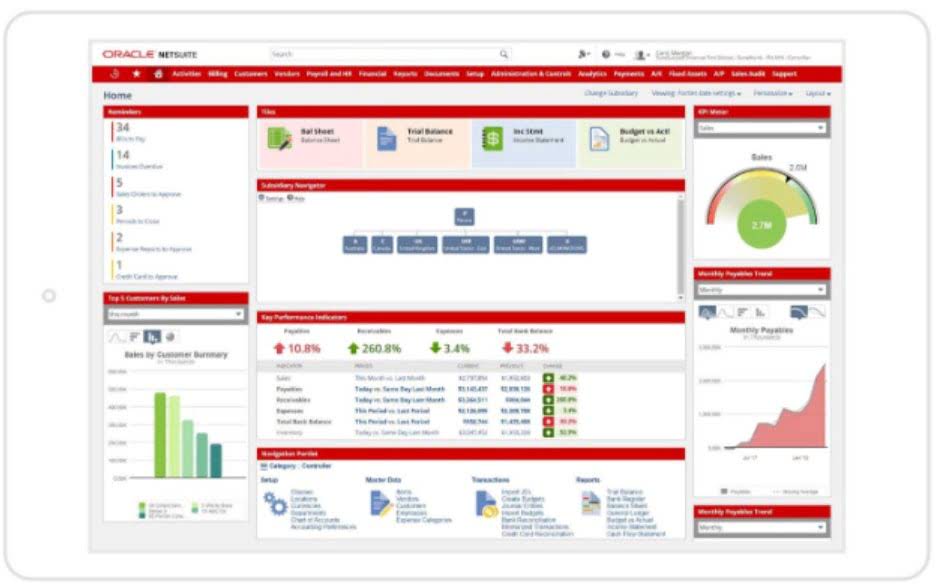What Is the Percentage of Completion Method of Accounting?
What Is the Percentage of Completion Method of Accounting?

To show how the percentage of completion method is used in practice consider the following example. Moreover, the cost of fixed assets used in the construction for only the contract period should be included in the cost of the contract, i.e., the depreciation and amortization of assets used. Underbilling is the opposite percentage of completion calculation example scenario, when the amount billed to date is less than the recognized revenue. Staying on top of it can be an immense challenge, especially when dealing with large projects, various phases, and change orders. The above example shows this project is 33% complete, given the cost-to-date and cost-to-completion.

It has also been used by defense contractors (think nuclear submarines or aircraft carriers) and software developers whose projects represent a multi-year commitment of resources. For software developers, the product must be a significant custom-designed project for a client. These differences in the billing amount are recorded as journal entries in the general ledger. They increase or decrease the amount of revenue recognized on the income statement and create an asset or a liability on the balance sheet. For example, a construction company is building a 10-story office complex that is under contract at a sales price of $4 million. The company estimates its total cost to complete the structure will be $3 million.
The percentage-of-completion method formula
Failure to properly handle change orders can make calculating POC an absolute nightmare. When using POC, contractors have a duty to account for change orders as soon as they are approved. This is vital since income recognition is based on each project’s completion percentage. As a result, percentage of completion is both popular and effective for long-term contracts.

The percentage of completion method provides a truer financial picture for construction firms with jobs spanning multiple periods. By recognizing revenues and expenses throughout a project, it avoids the lumpiness issues of alternative accounting methods. Revenues and gross profit are recognized each period based on the construction progress, in other words, the percentage of completion.
Percentage-of-completion accounting journal entries
Note that as of 2024, businesses over $30 million in annual revenue must move to accrual accounting per IRS publication 538. The percentage of completion method is one process for recognizing revenue under accrual accounting. This way, you’ll ensure your recognition of revenue is accurate and that you can take home the maximum profit from a job. Consistently calculating your POC helps you avoid overbilling or underbilling, and allows you to make revisions on your estimates as needed.
Degree planning tool helps students progress more efficiently toward their degree – UKNow
Degree planning tool helps students progress more efficiently toward their degree.
Posted: Tue, 05 Sep 2023 07:00:00 GMT [source]
The Buyer will report net income or loss based on the difference between the total contract price and the costs Buyer incurs in completing the contract. Without the payment from Buyer to Seller, Buyer would have picked up an additional $30 in ordinary income over the remainder of the contract. This example illustrates how using the costs incurred to date against total budgeted costs allows construction firms to calculate percentage of completion and recognize revenue based on project progress. As we can see, the percentage completion climbs each month as more costs are incurred. Carefully tracking these percentages allows the contractor to recognize revenue over time as the project progresses. Accountants can thus systematically allocate revenues and expenses on construction projects over time as work is completed.
Percentage Completion (POC) Method Formula
A company using this method may arrange milestones throughout the building process or estimate the percentage of the project completed. As long as particular amounts of income and expenses can be attributed to each completed part, whether via percentage calculation or defined milestones, the activities are reportable. The percentage of completion method allows for the recognition of revenues, expenses, and taxes during the period that a contract is being executed. Through frequent reporting, percentage reporting reduces the risk of fluctuations while affording tax deferral benefits. This method is best used for construction projects in which you, as the contractor, must deliver several identical services or end products. In other words, any time the contract can be split into a specific number of identical deliverables, such as identical pieces of furniture, the units-of-delivery method can be used to identify percentage of completion.
The percentage of completion method of accounting requires the reporting of revenues and expenses on a period-by-period basis, as determined by the percentage of the contract that has been fulfilled. The current income and expenses are compared with the total estimated costs to determine the tax liability for the year. For example, a project that is 20% complete in year one and 35% complete in year two would only have the incremental 15% of the revenue recognized in the second year.
What is the Percentage of Completion Method in Construction?
Since this method relies on estimates, the door is wide open for inaccuracies and skewed profit calculations if your estimating system is flawed. In determining both AGUB and ADSP the parties include liabilities assumed in the transaction. How is the credit balance for billings in excess of costs treated in the determination of AGUB and ADSP? This reflects an amount similar to deferred revenue, where billings have occurred in excess of the revenue recognized. Including this liability in AGUB or ADSP would result in over recognition of basis and gain in the transaction.
This allows builders to better match revenues with expenses incurred over the duration of a project rather than having to recognize all revenues when the project is finished. However, by utilizing the percentage-of-completion accounting method, companies can systematically allocate revenues and expenses over the course of long-term projects. This progress percentage (calculated through the cost-to-cost, units of delivery, or efforts expended methods) is a way to determine how far along in the contract you are.

